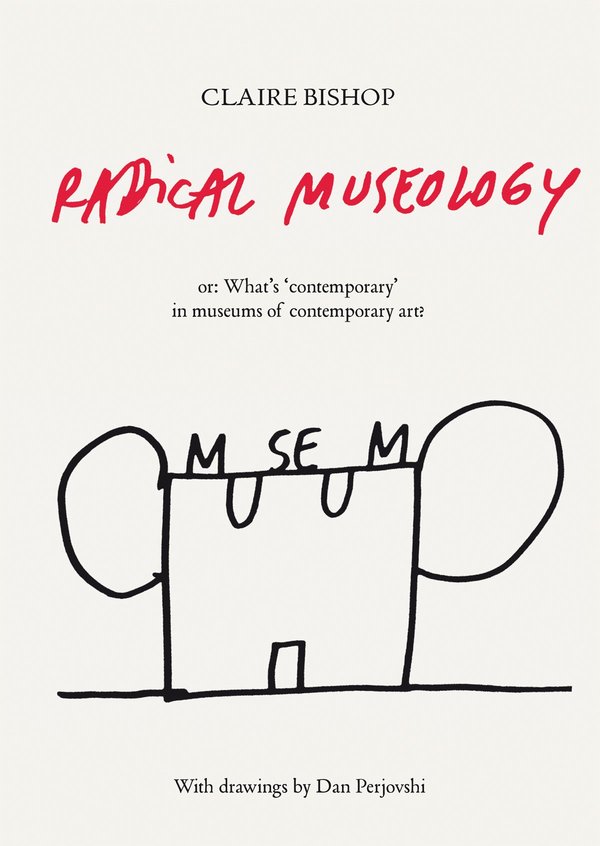Elena Filipovic: The Apparently Marginal Activities of Marcel Duchamp (2013)
Filed under thesis | Tags: · archive, art, art history, curating, museum, photography, reproduction
“This study focuses on a series of fugitive operations that Marcel Duchamp incited in order to test, theorize, position, and even make his work as such. Not conventionally “artistic” in nature, even if intimately connected to the collection, presentation, reception, and valuation of art, these activities include Duchamp’s role as administrator, archivist, art advisor, curator, publicist, reproduction-maker, and salesman of his own oeuvre. Rather than merely procedural, auxiliary, or incidental, they might be thought of as constitutive, resulting in a still understudied but profoundly influential output by an artist who redefined so much of what, hence forth, would be called art. Here, those most iconic of Duchamp’s inventions, the readymades, although not the central objects of this study, are understood as significant insofar as they were not simply “nominated” to become artworks, but more importantly, because they were curated. It is precisely through curatorial operations—relative to much of Duchamp’s production, and constituting one of the central activities that this dissertation explores—that the artist rendered the discourse, institutions, marketing, and presentational strategies of art into something like his cardinal “medium.”
Tracing Duchamp’s perennial relationship to photography, reproduction, the museum, and the archive, and spanning the period between 1913 and 1969, three chapters closely examine a number of undeniably material things: chapter one considers the artist’s boxes of photographically replicated notes, the Box of 1914 (1913-14) and Boîte verte (1934); chapter two examines documentation of ephemeral exhibitions, recording Duchamp’s curatorial interventions as well as suitcases filled with miniature reproductions, the Boîte-en-valise (1938-42); and chapter three is dedicated to a permanent installation, Etant donnés 1. la chute d’eau, 2. le gaz d’éclairage (1946-66). However, the premise of this dissertation is that all of these gain a new significance if studied in relation to the elusive activities that actually constituted them as artworks. Together, they formed a counter-conception of the role of the artist, articulating—and complicating—the conceptual stakes of much of what is known of his practice and thickening into what Walter Benjamin called the artist’s “theory of the work of art.”” (Abstract)
Ph.D. Dissertation
Advisor: Hal Foster
Publisher Art and Archaeology Department, Princeton University, 2013
507 pages
PDF (2 MB)
PDF (images section) (10 MB)
L’Internationale (ed.): Decolonising Museums (2015)
Filed under book | Tags: · art, colonialism, decolonization, museology, museum

“Decolonising Museums addresses colonial legacies and mindsets, which are still so rooted and present today in the museum institutions in Europe and beyond. The publication draws from the conference Decolonising the Museum which took place at MACBA in Barcelona, 27-29 November 2014, and offers new essays, responding to texts published on the online platform earlier this year.
In different geopolitical regions, there have been various degrees of work to reconsider the colonial past ever since the 1960s, the painstaking process of decolonisation and the institutionalisation of multiculturalism. Scrutinising the complex European context, one can talk about belated processes taking place in France, Belgium and Holland, the generational divides in the discussion around ‘identity politics’ and the obvious dichotomies between the South and the North. Especially in times when dealing with waves of refugees struggling for their lives has become one of the most urgent civic and individual responsibilities in Europe. Calling upon cultural memory and half-gone history seems to be of utmost importance to oppose the often politically-guided amnesia and ignorance.” (from the Introduction)
Publisher L’Internationale Online, 2015
Managing editor: Nataša Petrešin-Bachelez
Open access
192 pages
PDF, PDF (13 MB)
EPUB, EPUB (12 MB)
Claire Bishop: Radical Museology, or, What’s Contemporary in Museums of Contemporary Art? (2013)
Filed under book | Tags: · art criticism, contemporary art, curating, museology, museum

“The future of the public museum, able to represent the interests of the ninety-nine percent rather than to consolidate private privilege, has never seemed bleaker. Or has it?
In the face of austerity cuts to public funding, a handful of museums of contemporary art have devised compelling alternatives to the mantra of bigger is better and richer. Radical Museology presents the collection displays of the Van Abbemuseum in Eindhoven, the Museo Nacional de Reina Sofía in Madrid and MSUM in Ljubljana as outlines of a new understanding of the contemporary in contemporary art.
Radical Museology is a vivid manifesto for the contemporary as a method rather than a periodization, and for the importance of a politicized representation of history in museums of contemporary art.” (from the back cover)
With drawings by Dan Perjovschi
Publisher Koenig Books, London, 2013
ISBN 3863353641, 9783863353643
79 pages
via Claire Bishop
Reviews: Sanne Kofod Olsen (Kunstkritikk, 2014), Axel Gryspeerdt (Questions de communication, 2021, FR).
PDF (2-up)
PDF (1-up, updated on 2020-1-16)
Academia.edu

